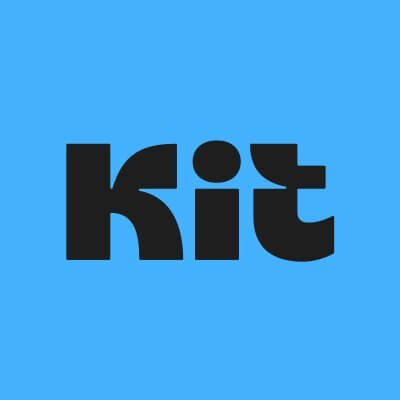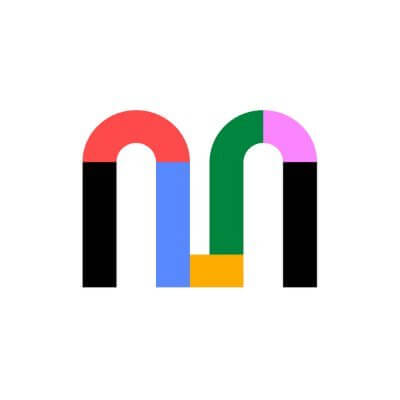Custom Product Boxes: The Ultimate Solution for Packaging, Branding, and Sales
In a competitive business world where brands are constantly striving for attention, the presentation of a product is almost as important as the product itself. Packaging is no longer just a protective layer—it is a brand statement, a marketing tool, and a silent salesperson. One of the most effective and versatile packaging options
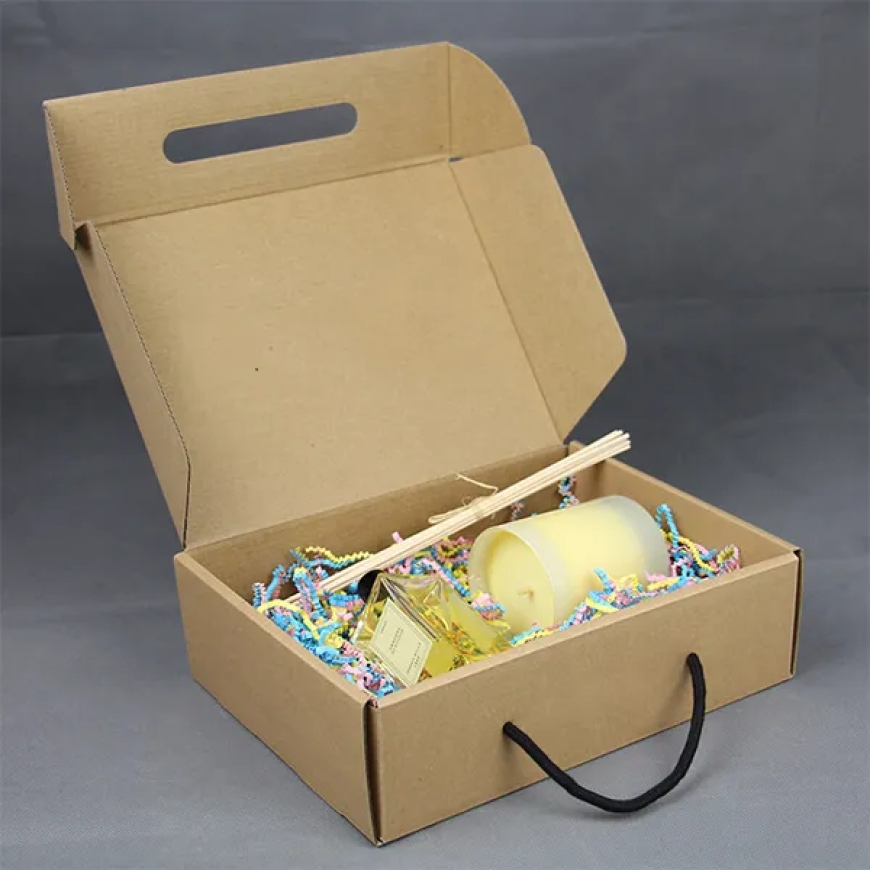
In a competitive business world where brands are constantly striving for attention, the presentation of a product is almost as important as the product itself. Packaging is no longer just a protective layer—it is a brand statement, a marketing tool, and a silent salesperson. One of the most effective and versatile packaging options for businesses today is custom product boxes. These boxes can be tailored to suit any product, any industry, and any brand aesthetic.
Whether you're launching a new cosmetic line, selling electronics, or offering luxury apparel, custom product boxes provide the opportunity to enhance your brand image, ensure product safety, and leave a lasting impression on customers. From design to material, size to finishing, every aspect of these boxes can be customized to align perfectly with your business goals.
The Role of Custom Product Boxes in Modern Packaging
Custom product boxes have transformed the way brands think about packaging. Instead of settling for generic, one-size-fits-all solutions, businesses now understand the power of tailored packaging that speaks directly to their audience. These boxes do more than just hold products—they elevate the unboxing experience, protect items during shipping, and influence purchase decisions.
In the era of eCommerce and social media, product presentation is critical. A well-designed custom box can spark excitement, encourage social sharing, and create a sense of premium value. In retail settings, these boxes help products stand out on crowded shelves, drawing attention with vibrant colors, unique shapes, and quality finishes.
Why Customization Matters in Packaging
Customization allows a brand to convey its personality, values, and promises. When a customer receives a product in a thoughtfully designed box, it reflects a level of care and professionalism that builds trust and brand loyalty. From logos and taglines to color palettes and textures, every element of a custom product box plays a role in reinforcing brand identity.
Beyond aesthetics, customization serves practical purposes as well. It ensures that the packaging fits the product perfectly, reducing movement and the risk of damage during transit. It also allows for the inclusion of essential information, such as product details, usage instructions, certifications, and regulatory compliance.
With customizable options in shape, structure, size, and printing methods, businesses have the freedom to create packaging that not only looks good but also functions effectively and adds real value to the overall customer experience.
Material Options That Define Quality and Durability
The choice of material is a foundational element in custom product packaging. It determines not only the durability and weight of the box but also how well it can be printed and finished. Common materials used for custom product boxes include cardstock, corrugated cardboard, and Kraft paper.
Cardstock is lightweight and smooth, making it ideal for retail products that require vibrant printing and a polished look. Corrugated cardboard, with its fluted interior, is designed for sturdiness and protection—perfect for shipping or heavy items. Kraft paper is a favorite among eco-conscious brands because of its recyclability and natural aesthetic.
Regardless of the material chosen, custom product boxes can be enhanced with coatings and finishes such as matte, gloss, UV spot coating, or lamination. These options add a tactile dimension to the packaging and protect the print from scratches, moisture, and fading.
Industries That Benefit from Custom Product Boxes
Virtually every industry can benefit from custom product packaging. In the cosmetics industry, these boxes are used to package makeup, skincare, and beauty tools, helping brands communicate luxury and style. In electronics, product boxes safeguard delicate devices while showcasing technical specifications and certifications.
The food and beverage sector uses custom boxes to build brand recognition and provide essential nutritional information, while maintaining hygiene and compliance. Fashion and apparel brands utilize stylish boxes for accessories, shoes, and garments, enhancing perceived value and unboxing appeal.
In pharmaceuticals and healthcare, product boxes provide necessary protection and allow for the inclusion of detailed usage and safety information. Even small-scale artisan businesses—like candle makers, handmade soap producers, or jewelry designers—can elevate their offerings with custom product boxes that reflect craftsmanship and attention to detail.
Unboxing Experience and Customer Perception
First impressions matter, and the unboxing experience is a powerful touchpoint in the customer journey. Custom product boxes can turn a simple purchase into an event. When customers open a box that is carefully designed, beautifully printed, and branded with meaningful elements, it creates an emotional connection.
This emotional response not only enhances customer satisfaction but also encourages word-of-mouth marketing and online sharing. Influencers and customers alike are more likely to post unboxing videos and reviews when the packaging adds to the excitement of discovering the product.
Brands that invest in creating a memorable unboxing experience differentiate themselves from competitors. They don’t just sell a product—they sell an experience, and that experience begins with the packaging.
Design Elements That Make a Difference
Effective packaging design goes beyond just slapping a logo on a box. It involves strategic planning, artistic direction, and brand consistency. Typography, color selection, imagery, and layout all play significant roles in how a box communicates with its audience.
Typography should be readable and aligned with the brand's tone. A luxury brand might use elegant serif fonts, while a youthful brand may prefer bold, playful typefaces. Color choices can evoke emotions and convey brand values. For example, green often represents sustainability, while black conveys sophistication.
High-quality imagery, such as product photos or illustrations, can offer visual context and improve appeal. The layout should be clean, balanced, and guide the customer’s eye smoothly from one element to another. These design principles, when applied correctly, create an aesthetically pleasing and highly functional custom product box.
Printing Methods for Custom Boxes
Printing quality plays a crucial role in the final appearance of a custom product box. There are several printing techniques available depending on the quantity, material, and design complexity.
Digital printing is ideal for small to medium runs and provides vibrant colors with fast turnaround times. It’s cost-effective for brands testing new designs or launching limited-edition products. Offset printing, on the other hand, is suitable for large-scale production and offers precise color matching and consistent quality.
Screen printing, though less common in box packaging, can be used for bold, minimalistic designs on textured surfaces. Flexographic printing is often used for corrugated boxes and is valued for its speed and efficiency.
Modern technologies also allow for additional features like embossing, debossing, foil stamping, and spot UV. These techniques can add texture and dimension to logos or key messages, further enhancing the tactile and visual appeal of the packaging.
Sustainability and Eco-Friendly Packaging Options
With growing environmental awareness, sustainable packaging has become a priority for many brands. Custom product boxes can be made using recycled materials, biodegradable inks, and minimalistic designs that reduce waste. Choosing eco-friendly materials like Kraft paper or corrugated cardboard made from post-consumer waste can significantly reduce a brand’s carbon footprint.
Brands that embrace sustainability not only contribute to environmental protection but also attract eco-conscious consumers. Including sustainability messaging on the packaging, such as recyclable symbols or “green” certifications, can enhance brand transparency and trust.
Minimalist packaging that avoids excess materials and prioritizes function over form can be both cost-effective and environmentally responsible, aligning with modern consumer values.
Functional Features That Add Value
Custom product boxes can be enhanced with practical features that improve usability and product security. Window cut-outs provide a sneak peek at the product inside, increasing transparency and appeal. Die-cut inserts keep products stable, especially fragile items like glass bottles or electronics.
Magnetic closures, ribbon pulls, or tamper-evident seals can add a layer of sophistication or security, depending on the product’s nature. For gift boxes or luxury items, these functional elements turn packaging into keepsakes, increasing the likelihood of reuse.
For products requiring assembly or instruction, custom boxes can include printed guides or QR codes that lead to videos and tutorials. These thoughtful additions increase convenience and customer satisfaction, ultimately supporting brand loyalty.
Custom Sizing for Optimal Fit
One of the key advantages of custom product boxes is the ability to create packaging that fits the product perfectly. Standard-sized boxes often leave too much space or force the product into an awkward fit, increasing the chances of damage during transit.
By creating boxes with precise dimensions, brands can reduce the need for excess internal fillers like bubble wrap or foam. This not only enhances the appearance of the unboxing experience but also contributes to environmental goals by minimizing packaging waste.
Custom sizing also allows for efficient stacking, storage, and shipping, helping businesses lower operational costs and streamline logistics.
Branding and Marketing Integration
Custom product boxes offer a powerful platform for brand communication and promotional messaging. Beyond visual branding, these boxes can include website URLs, social media handles, discount codes, or invitations to join loyalty programs.
This form of passive marketing reaches every customer who interacts with the product, increasing brand recall and encouraging repeat purchases. For new product launches, special editions, or holiday campaigns, custom boxes can be themed or co-branded to align with seasonal marketing strategies.
Packaging that tells a story and invites engagement helps transform buyers into brand advocates, driving organic growth through genuine customer experiences.
Regulatory Compliance and Information Display
In many industries, including food, pharmaceuticals, and cosmetics, packaging must meet legal and regulatory requirements. Custom product boxes provide ample space to include essential information like ingredient lists, safety warnings, nutritional facts, manufacturing dates, barcodes, and certifications.
By integrating this information into the design, brands can ensure compliance without compromising on aesthetics. Using high-quality printing methods ensures that this information remains legible and durable, even in challenging environments like moisture or high temperatures.
Custom packaging helps businesses stay compliant while maintaining a polished and professional appearance that builds consumer confidence.
Cost Efficiency and Scalability
Contrary to the misconception that custom packaging is expensive, custom product boxes can be highly cost-effective, especially when produced in bulk. Advances in printing technology and automation have made it easier and more affordable to create bespoke packaging at scale.
Moreover, custom boxes reduce product returns due to damage, improve customer satisfaction, and can lead to higher perceived value—justifying premium pricing. When viewed as part of a larger marketing and logistics strategy, custom packaging often pays for itself in the form of brand equity and reduced operational costs.
Brands can start small with limited print runs and scale up as needed, making custom boxes an accessible option for businesses of all sizes.
Conclusion: Custom Product Boxes as a Strategic Asset
Custom boxes are no longer a luxury—they are a strategic necessity for any brand aiming to stand out in a crowded market. They offer the perfect balance of form and function, helping businesses protect their products, communicate their identity, and deliver memorable customer experiences.
From material selection and design to sustainability and compliance, every aspect of custom packaging can be tailored to align with your goals. Whether you're building a premium brand, launching a new product, or optimizing your supply chain, custom product boxes offer a solution that is as flexible as it is powerful.
Investing in professional, thoughtfully designed packaging isn't just about appearance—it’s about making a lasting impression, strengthening brand loyalty, and supporting growth. Custom product boxes are your silent salespeople, working 24/7 to tell your brand’s story and deliver excellence to your customers.

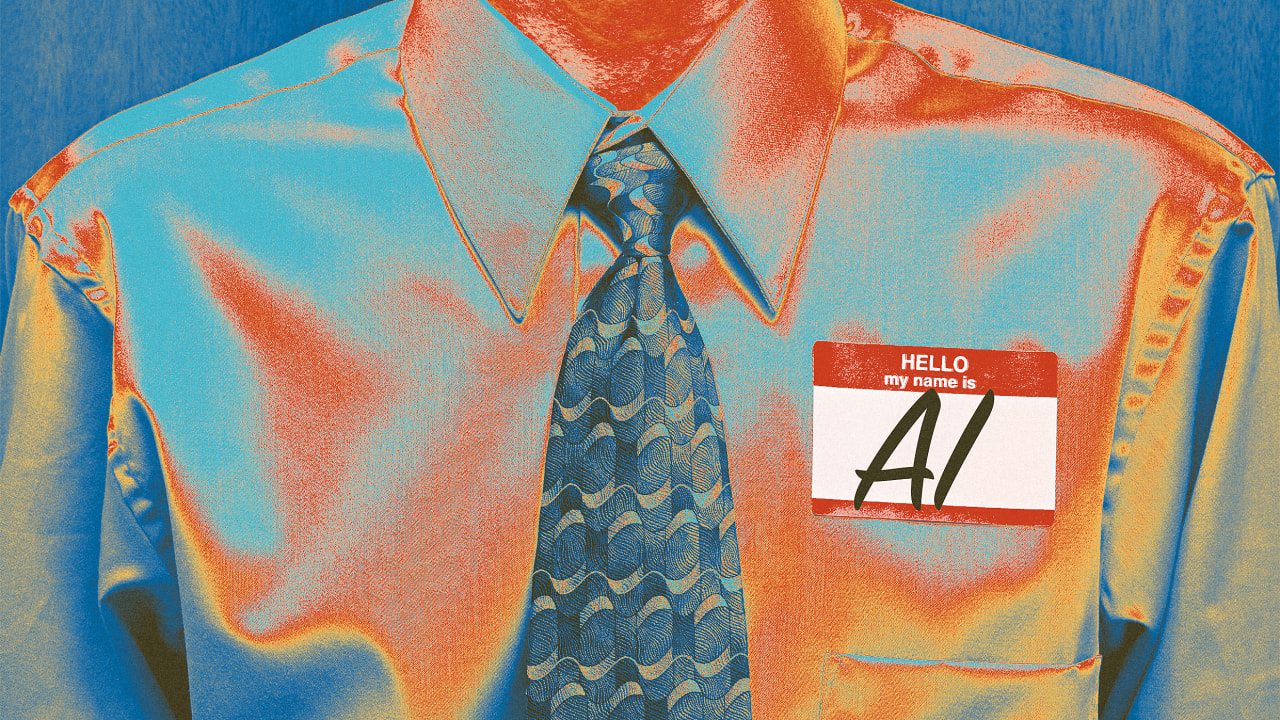


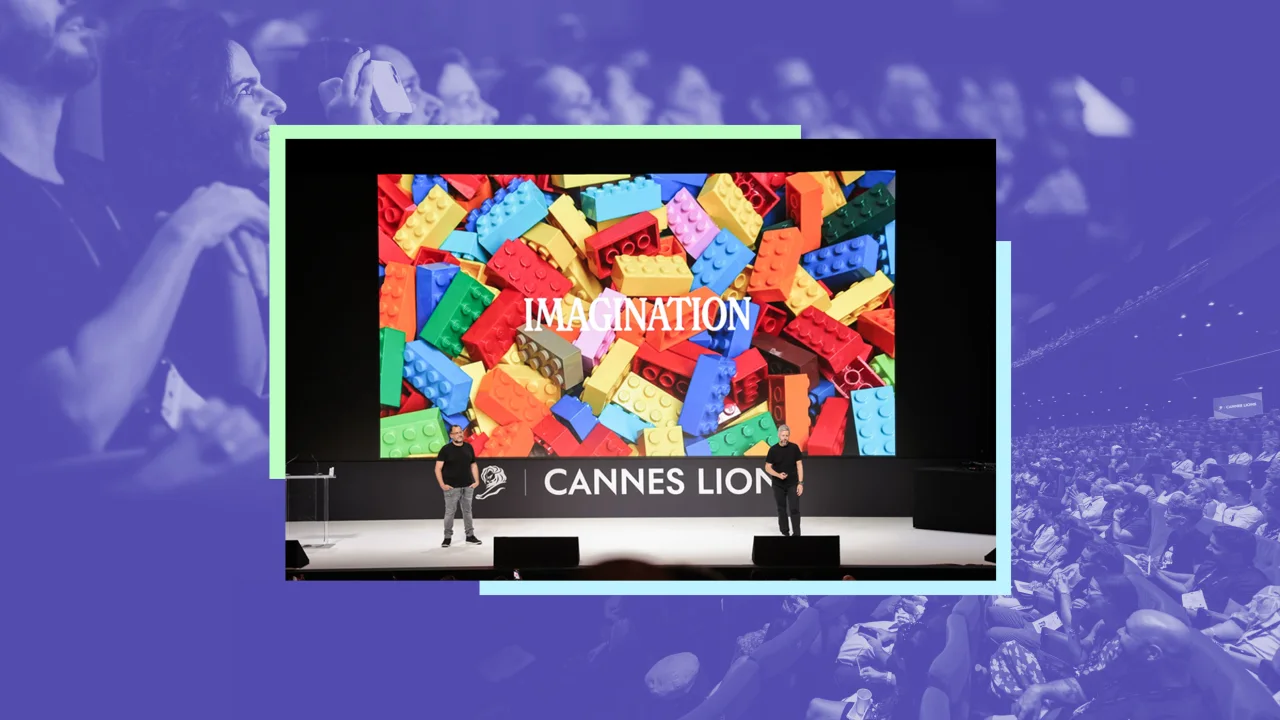
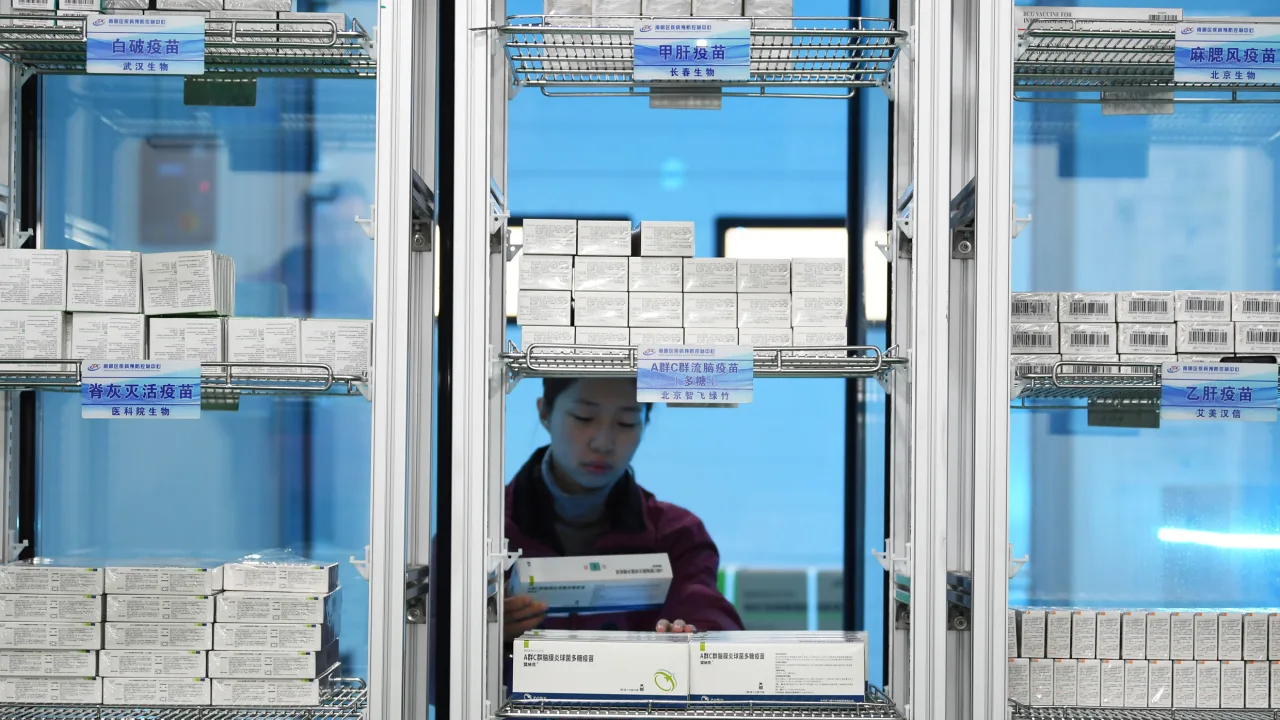


































































![https //g.co/recover for help [1-866-719-1006]](https://newsquo.com/uploads/images/202506/image_430x256_684949454da3e.jpg)



























![[PATREON EXCLUSIVE] The Power of No: How to Say It, Mean It, and Lead with It](https://tpgblog.com/wp-content/uploads/2025/06/just-say-no.jpg?#)


























